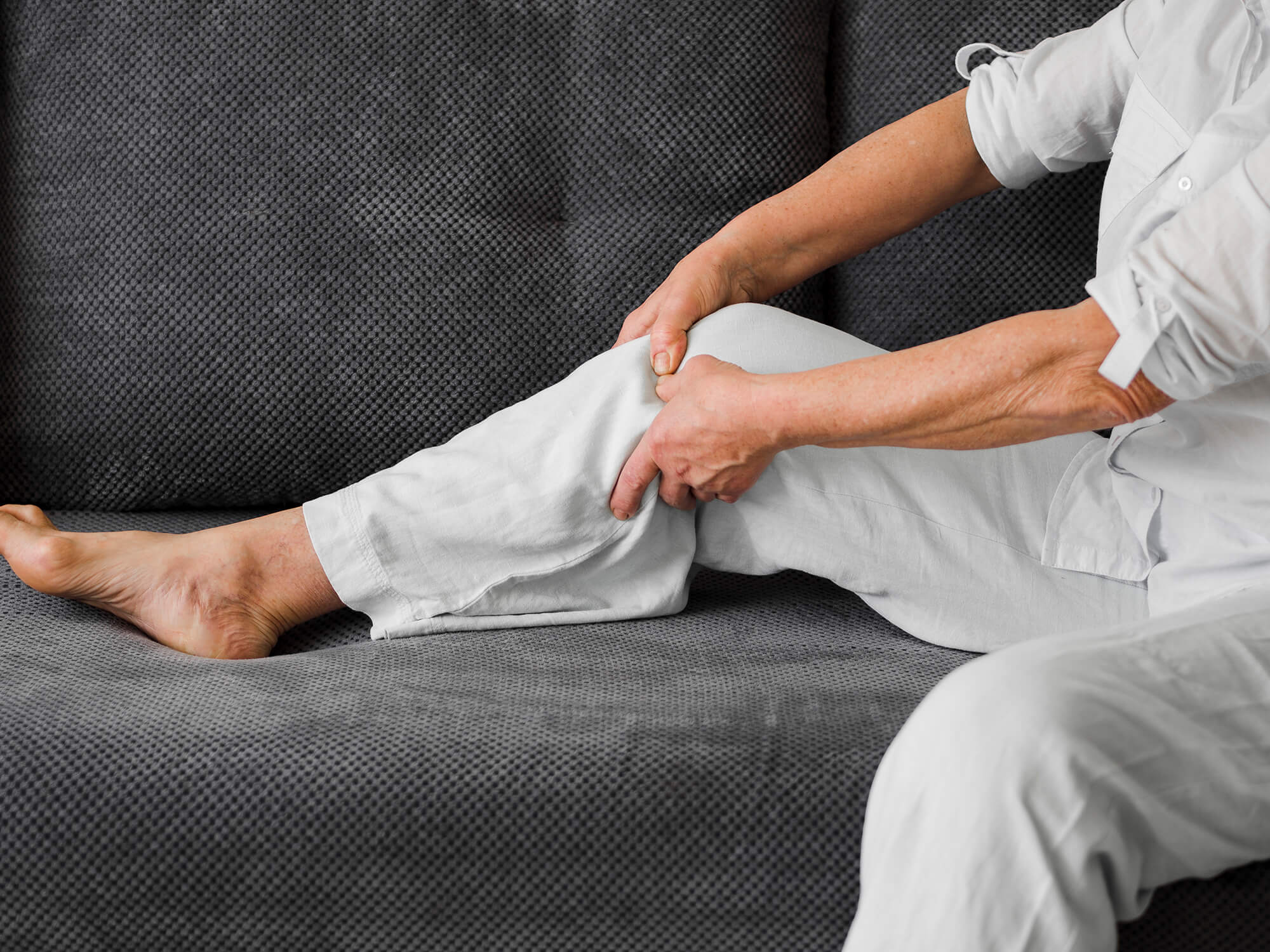Your knees experience a lot of wear and tear from bending, walking and doing other movements on a regular basis. Even if your knees are in good condition, you can still end up with a knee injury. These injuries can make it painful or difficult to move around and do your usual activities, especially if you exercise or participate in sports. An effective treatment plan depends on the kind of knee injury that occurs. The following are some of the more common types of knee injuries.
Fractures
Fractures occur when a bone in your knee breaks, such as your kneecap or patella. You can develop a knee fracture if you fall, play sports or get into a car accident. For example, a knee fracture can occur if you fall and land on your knee while running or playing football. Weakened bones due to osteoporosis can also lead to a higher risk of fracturing your knee. Knee fractures can cause swelling, pain, bruising and an inability to straighten your knee.
Dislocations
Your patella or kneecap is the bone located in the front part of your knee. This bone can become dislocated when it slides out of position. In many cases, this bone moves toward the outer part of your knee when it slips. A dislocated knee can cause severe discomfort and make your knee unstable. Other symptoms include bruising and swelling.
ACL Injuries
Your knee’s anterior cruciate ligament (ACL) joins your thighbone and shinbone. Tears in this ligament can occur if you suddenly move your knee in a different direction, such as when playing basketball or other sports. You can also tear this ligament if you land wrong after jumping or if you slow down abruptly while running. Torn ACLs are among the most common kinds of knee injuries. These knee injuries can cause pain, swelling, tenderness and a limited range of motion.
Meniscal Tears
Your knee’s meniscus is the cartilage between your thighbone and shinbone that absorbs shock when you walk or move around. You can tear this cartilage if you turn or twist your knee abruptly. When a meniscal tear happens, you might feel a popping sensation and experience pain, swelling and stiffness. Your knee might also feel as though it’s about to give way when you move or put weight on it.
Bursitis
The bursae in your knee are tiny sacs filled with fluid. These sacs act as a cushion that allows ligaments and tendons to move smoothly over your knee joint. Putting pressure on these sacs, overusing your knee or having a direct blow to this joint can cause bursitis, which occurs when bursae become inflamed. You might experience discomfort, swelling and tenderness when you have this type of knee injury.
If you have a knee injury that’s causing ongoing pain or stopping you from doing your usual activities, please contact Huntington Orthopedics for an appointment. Our orthopedic team can evaluate your knee injury and create a treatment plan for it to help you fully heal.


